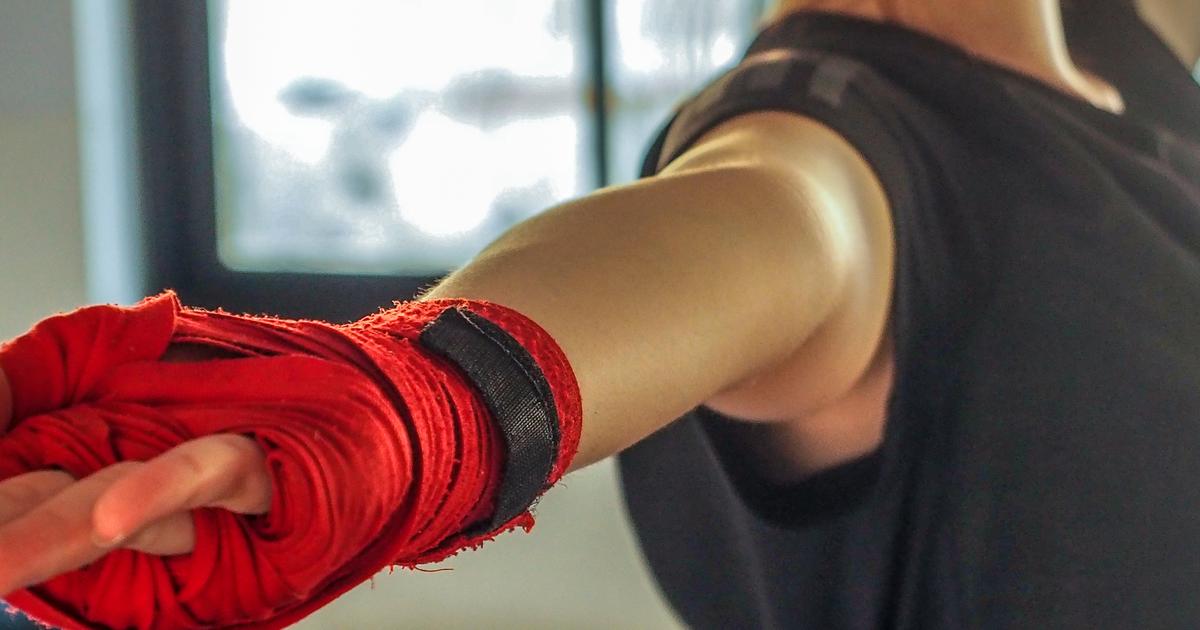Guide To The Causes Of Shoulder Pain
Dislocated Shoulder

A dislocated shoulder occurs when the upper bone in the arm pops out of its usual place in the shoulder socket. Ordinarily, the bone is cradled by the cup-shaped socket, which allows for a wider range of motion. The shoulder is more likely to dislocate than any other joint because of the incredibly wide range of motion. Individuals who believe their shoulder may be dislocated should get medical help right away. A medical professional can push the arm bone back into place. In the majority of cases, patients can heal from the injury and have the full use of their joint after a few weeks. One thing to note, though, is the shoulder may become unstable after the initial dislocation. An individual who has dislocated their shoulder once is more susceptible to future dislocations.
Frozen Shoulder

Frozen shoulder is a common condition involving significant pain and stiffness in the shoulder. There are three major stages of the frozen shoulder: freezing, frozen, and thawing. The freezing stage involves pain when an individual’s shoulder moves in any way, limiting the range of motion. The frozen stage may allow pain to lessen, though the patient’s shoulder will be quite stiff, so using it is challenging. Patients should see their range of motion improve during the thawing stage.
There are quite a few causes and risk factors associated with this condition. Examples include a broken arm, rotator cuff injury, stroke, recovering from surgery, Parkinson’s disease, diabetes, and hyperthyroidism. Pain medication and nonsteroidal anti-inflammatories are helpful in relieving shoulder pain from this condition. Other treatments include steroid injections, shoulder manipulation, and surgery.
